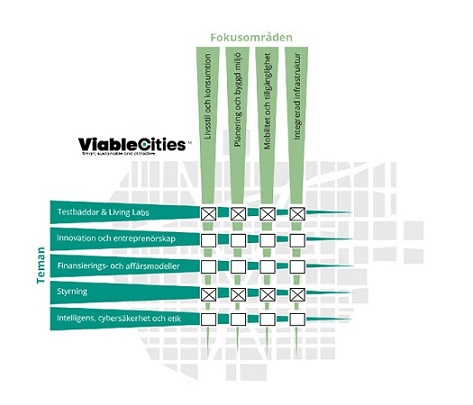UBMEM - urban energy and mobility modelling for planning
Activity-based urban building and mobility energy modeling for planning of future cities

Project leader: Joakim Widén, Uppsala universitet
PI at KTH: Ulla Mörtberg
Project partners: Uppsala universitet, Högskolan Dalarna, KTH, WSP, Vattenfall R&D, Borlänge Energi, Borlänge kommun, SINTEF (Norge), Eindhoven University of Technology (Netherlands)
Project duration: 2019 – 2021
Keywords: Energi, byggnader, transporter, mobilitet, aktiviteter, stadsplanering, modellering
Project description
To meet targets for energy efficiency and reduction of greenhouse gas emissions, and at the same time handle increasing urbanization and population growth, cities around the world need to find strategies to transform local energy use and supply. There is therfore a need to study the effects of different urban designs, policy measures and technology deployment scenarios on the energy performance of entire cities.
In this project we use smart digital technologies to collect big data sets of mobility patterns and activities of city inhabitants. These data, along with other spatial data, will then be used to construct an urban modeling framework that can be used to assess and visualize energy and power demand and
greenhouse gas emissions of the building stock and transports in whole cities. The results and demonstrations from the project are intended to be useful in urban planning.
Mobility patterns and urban landscapes
In the study of mobility patterns and urban landscapes, residents’ activity and position data are collected with a mobile app, in order to combine time-use data with space-use data. This will allow detailed analyses of how daily activities and mobility patterns within the city are connected, spatially distributed, and correlate with socio-economic factors (gender, age, income, area of residence) as well as urban design factors that influence mobility, such as location of residential areas, workplaces, urban services and ecosystem services. In this way we will be able to derive models for simulating such spatio-temporal patterns and forecast mobility changes of urban planning alternatives. This will be a useful contribution to urban planning for more sustainable, energy-efficient cities.
